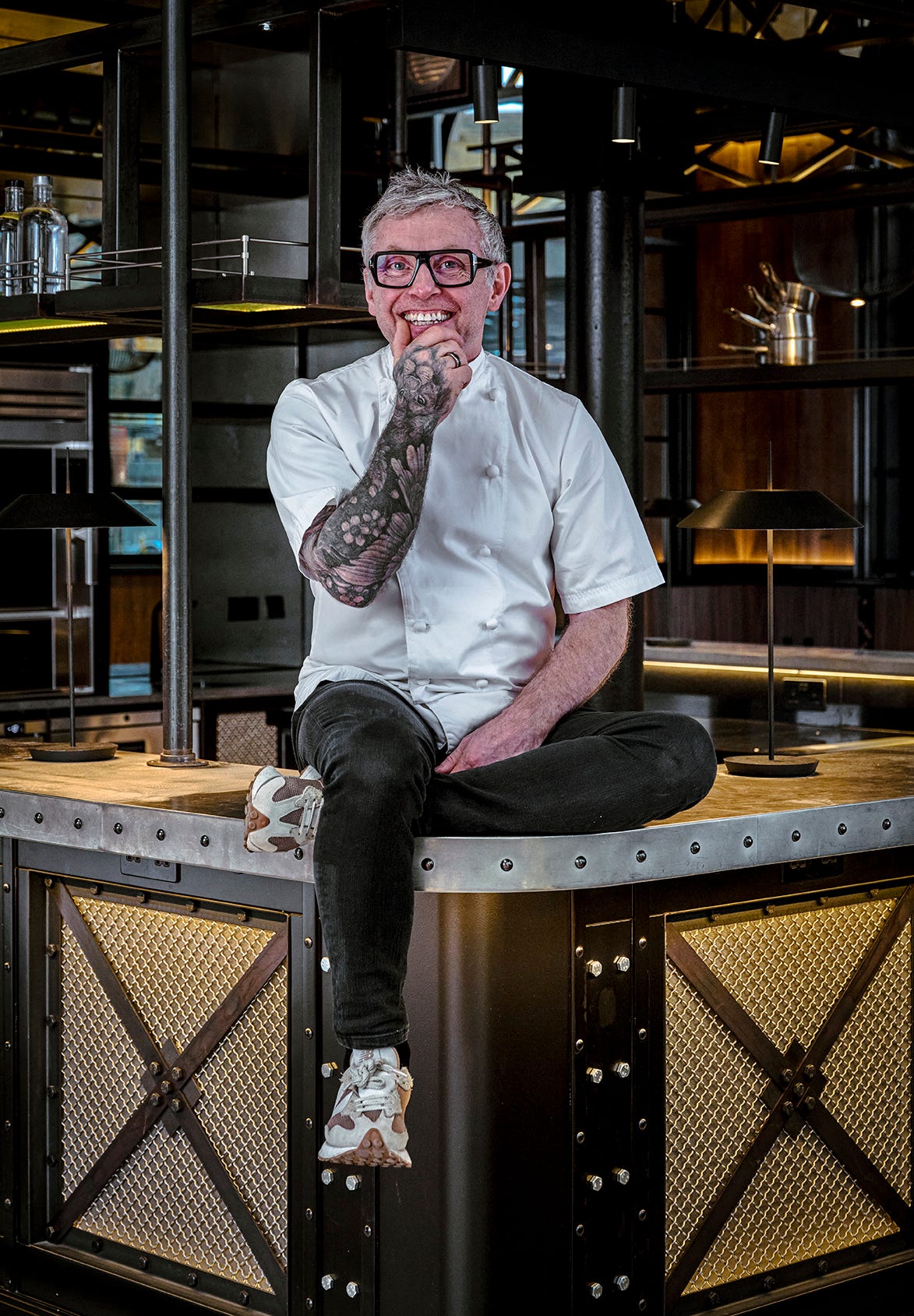Smashed special edition: An interview with Adam Simmonds of Voyage, London
The veteran chef talks about his long career, creativity, addiction and restaurant critics
Adam Simmonds has been around the block. In a career spanning five decades, he has worked for some of the biggest names in the business, including the Roux Brothers and Raymond Blanc, and won Michelin stars at Ynyshir Hall and Danesfield House. He is now head chef of the Scandi-influenced Voyage at the Megaro Hotel in Kings Cross, where he also oversees…




